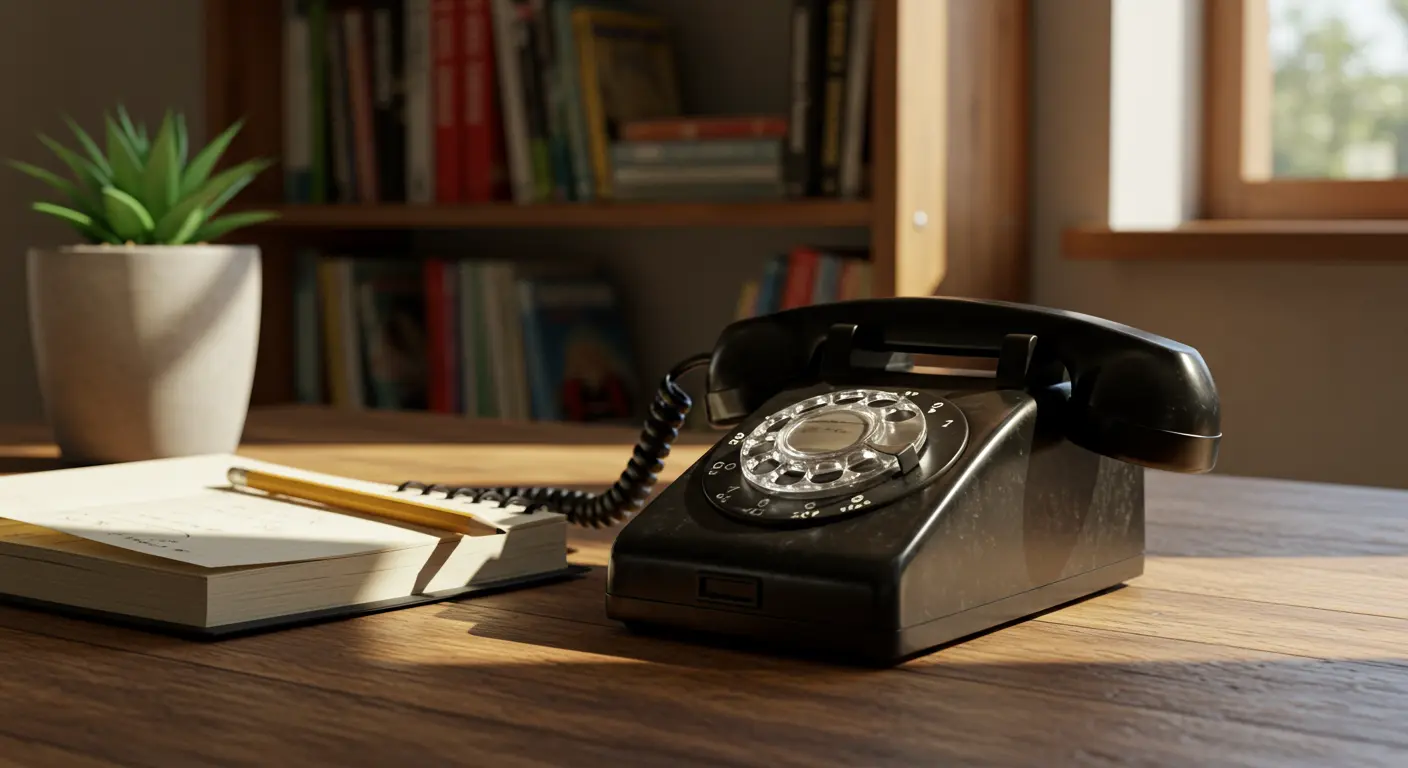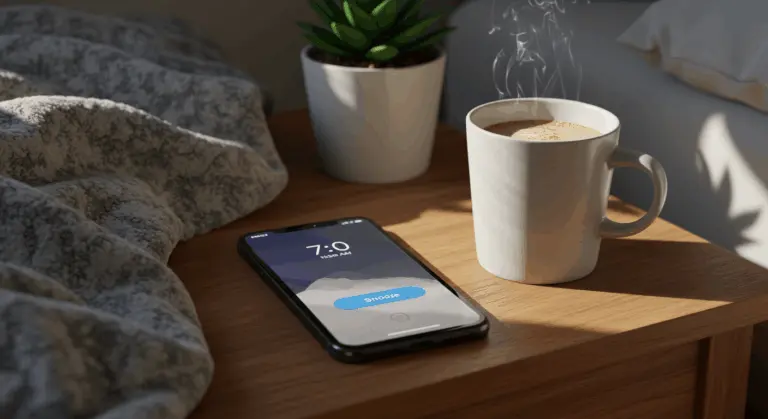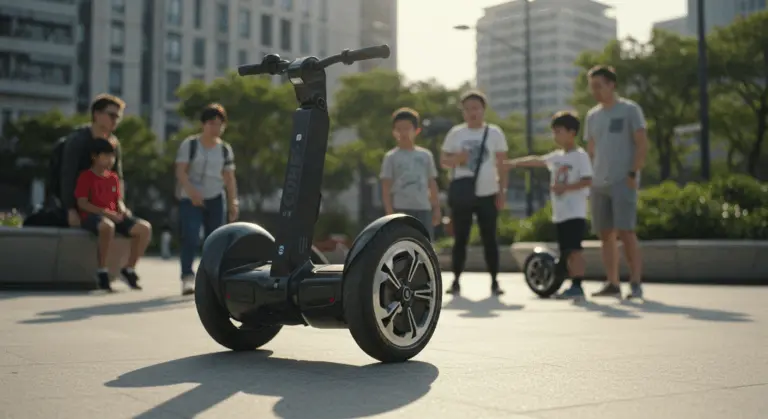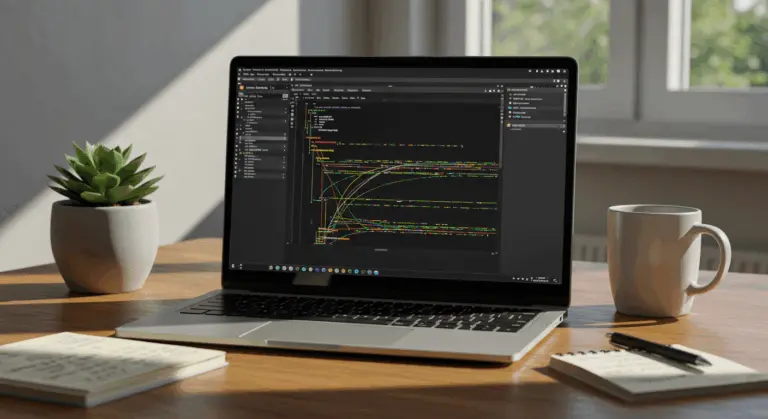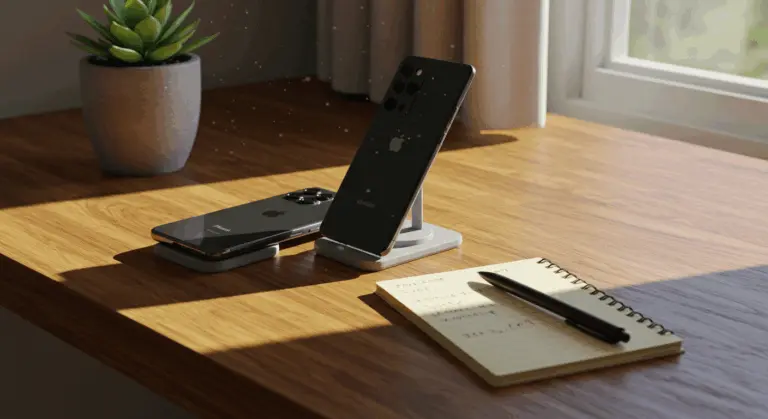Exploring the Rotary Cell Phone – A Retro Communication Device
What is a Rotary Cell Phone?
A rotary cell phone, exemplified by the clever Rotary Un-Smartphone, represents a fascinating marriage of nostalgic aesthetics and cutting-edge mobile technology. This unique device intentionally avoids the app-laden complexity of modern smartphones, opting instead for the clean simplicity of a classic rotary dial paired with cellular connectivity.
The phone focuses on the basic art of conversation. Its tactile, deliberate dialing process creates a mindful ritual that stands in stark contrast to the frantic finger-dancing of contemporary touchscreens.
For people wanting to escape constant digital distractions, this phone serves as both a practical communication lifeline and a bold philosophical statement—challenging our increasingly complicated relationship with technology.
How Does the Rotary Cell Phone Work?
The mechanism converts each physical rotation of the dial into precise digital signals through an embedded microcontroller. These signals connect to a cellular modem—usually a uBlox LTE/3G module—which connects to mobile networks via a standard SIM card.
A simple OLED or e-paper display shows only the essentials: call status, signal strength, and battery life. No complex menus or constant notifications—just the information you need.
Key Components of the Rotary Cell Phone
-
Rotary Dial: The signature mechanical interface for dialing.
-
Microcontroller: The device’s brain, processing dial inputs and managing operations.
-
Cellular Modem: A uBlox LTE or 3G module for connecting to mobile networks via a standard SIM card.
-
Display: A minimalist OLED or e-paper screen for showing essential information (call status, signal, battery).
-
Removable Antenna: Enhances reception in areas with weak signals.
-
Physical Buttons: Provide dedicated shortcuts for functions like answering calls or speed dialing.
-
Battery: A robust power source designed for longevity.
-
Open-Source Firmware: Allows technically-inclined users to customize the phone’s functionality.
Where to Buy a Rotary Cell Phone
The easiest way to get a rotary cell phone is through engineer Justine Haupt’s Rotary Un-Smartphone kit, priced at $240.
This kit is the main commercial option, since fully assembled versions remain absent from mainstream retail shelves.
Prospective buyers should understand they’re entering the realm of experimental technology—a playground for enthusiasts rather than a polished consumer product.
DIY Projects and Customization
The rotary cell phone community thrives on DIY projects, centered around Justine Haupt’s open-source Rotary Un-Smartphone kit. More than just a product, it encourages tech enthusiasts to craft their own functional mobile device, combining old rotary mechanics with modern cellular technology.
Building your own rotary cell phone goes beyond basic assembly—it’s an educational journey through telecommunications history and modern technology alike.
The open-source nature of the project invites numerous customizations and community-driven innovations, such as:
-
Firmware Modifications: Adding personalized features like custom ringtones.
-
Physical Design Changes: Creating specialized or 3D-printed cases.
-
Hardware Integrations: Adding new capabilities like solar charging or weatherproof casings.
-
Interface Adjustments: Modifying the information shown on the display.
Beginners will find the rotary phone kit surprisingly accessible, complete with thorough documentation and a vibrant online community eager to share knowledge. Using a phone you built yourself offers unique satisfaction—combining nostalgia, maker culture, and a gentle pushback against disposable technology.
Challenges and Considerations
-
Production and Certification: The unconventional design and specialized components create hurdles for mass manufacturing and obtaining necessary telecommunications certifications.
-
Connectivity Reliability: Some users report disconnection issues, which can be sensitive to SIM card quality. High-quality cards from major carriers are recommended for optimal performance.
-
Battery Management: Power consumption patterns differ from smartphones, and talk time can vary significantly based on usage and signal strength.
-
Maintenance: The mechanical rotary dial contains moving parts that may require occasional adjustment or repair, unlike solid-state touchscreen phones.
For many enthusiasts, though, the phone’s unique character makes these challenges worthwhile. Builders keep improving designs to make them more durable and reliable.
The Future of Rotary Cell Phones
The rotary cell phone’s future, sparked by Justine Haupt’s innovative creation, follows an interesting path where nostalgia meets innovation.
Growing interest in digital minimalism and tech detoxing could expand the device’s appeal beyond its current hobbyist base. As more people grow tired of smartphones, these devices offer an appealing alternative—keeping essential connectivity while cutting out digital clutter.
Future versions will likely address current limitations with better cellular modems, improved batteries, and more durable components—while maintaining the core minimalist approach.
The open-source foundation of current rotary phone projects points to a promising future of collaborative innovation. As more developers get involved, we can expect expanded customization options, refined firmware, and creative adaptations that expand functionality without sacrificing simplicity.
While likely to stay niche, the rotary cell phone’s core principles—intentional interaction and focused functionality—might inspire more thoughtful design approaches throughout mainstream technology.

